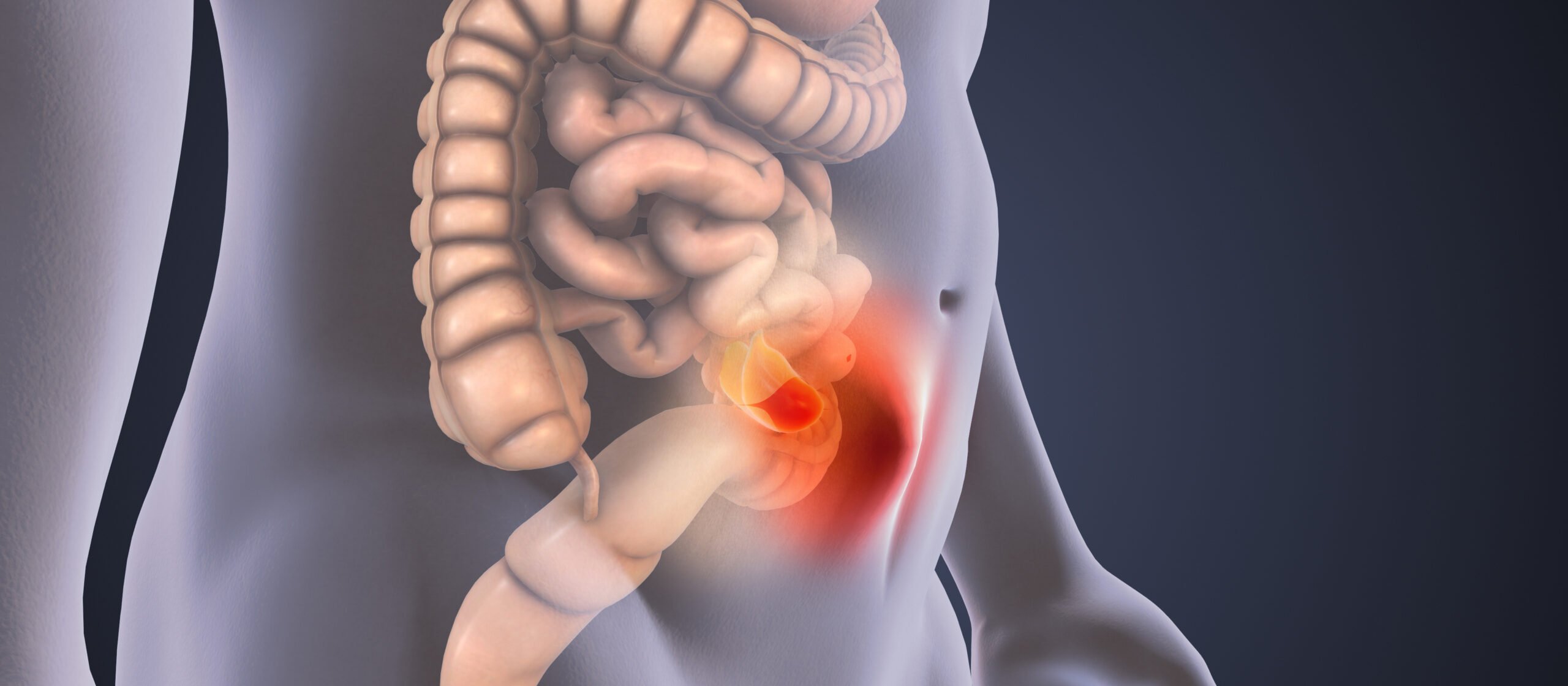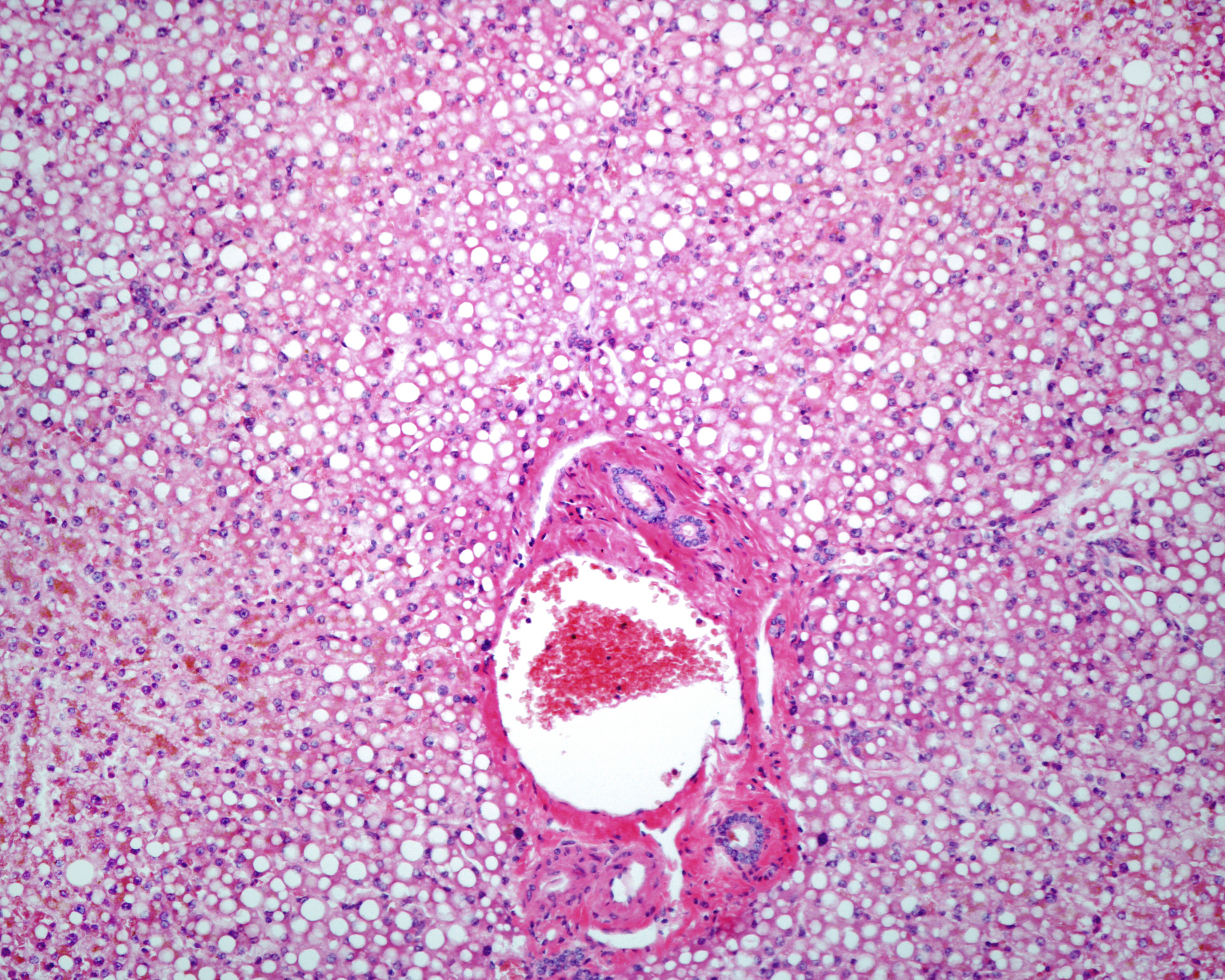Parkinson’s disease and sarcopenia are two signs of ageing that mutually reinforce each other: While PD is characterized by the progressive loss of nigrostriatal dopamine neurons and abnormal α-synuclein deposits, sarcopenia marks the loss of muscle mass and strength with age. Clinical studies show that up to 20% of all PD patients also suffer from manifest sarcopenia. This coincidence significantly impairs mobility, balance and quality of life, increases the risk of falls and fractures and thus contributes significantly to morbidity and mortality. In order to break this vicious circle, a thorough understanding of the common pathogenetic mechanisms is essential.
Autoren
- Tanja Schliebe
Publikation
- InFo NEUROLOGIE & PSYCHIATRIE
Related Topics
You May Also Like
- Artificial intelligence
Dr. ChatGPT: Large language models in everyday clinical practice
- GLA:D® program for back pain patients
Fewer consultations and reduction in the use of painkillers
- Nutrition for type 2 diabetes
Not such a great tuber
- From symptom to diagnosis
Abdominal pain – external hernias
- Mechanisms, evidence and therapeutic consequences
GLP-1 receptor agonists in cardiology
- MASLD/MASH
Drug therapy options on the rise: spectacular evidence
- New ways of neuroregeneration
CRISPR and artificial intelligence
- Asbestos victims











